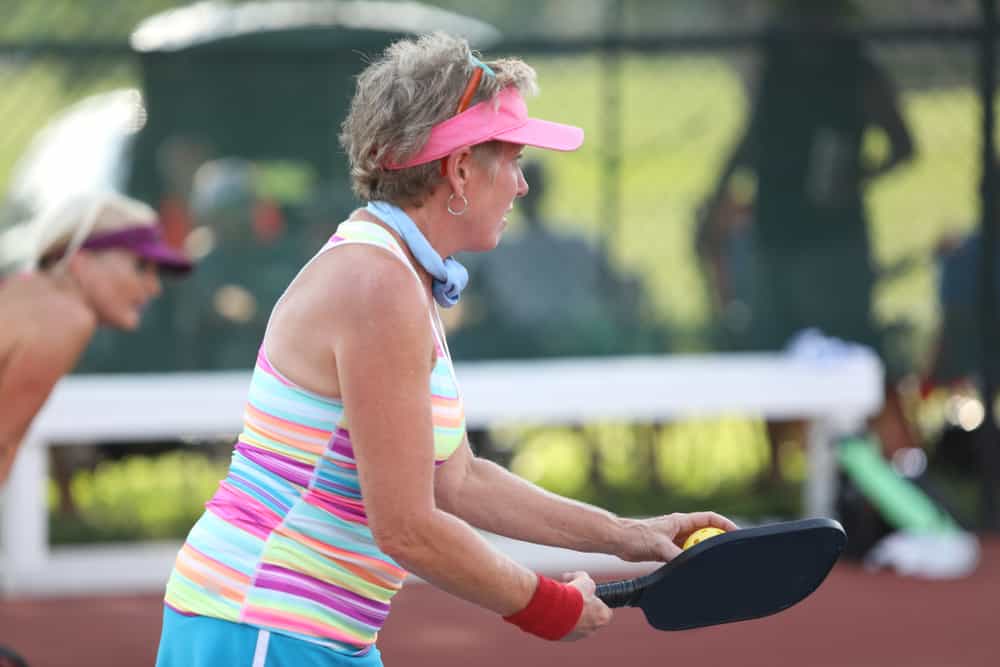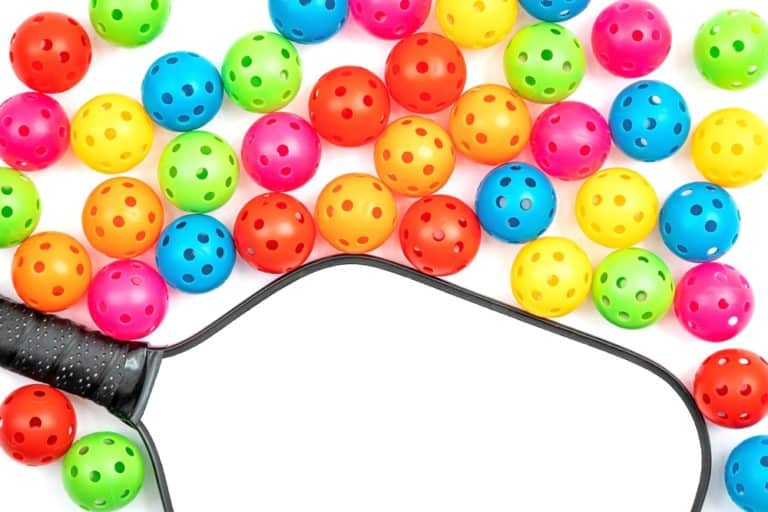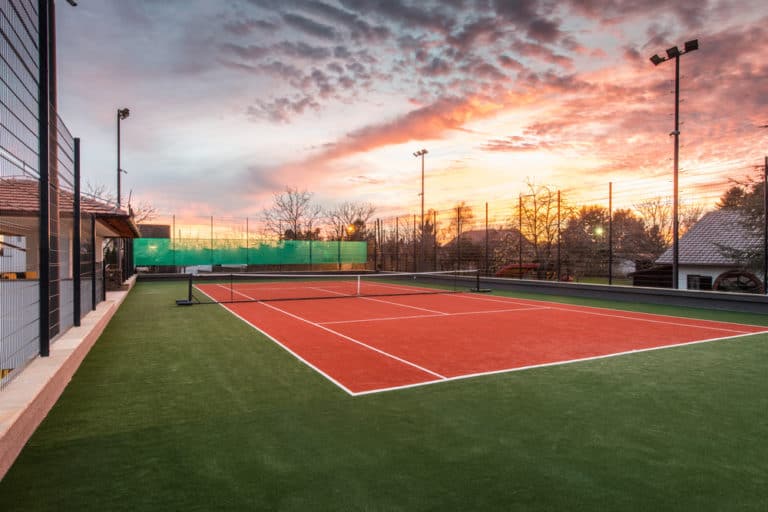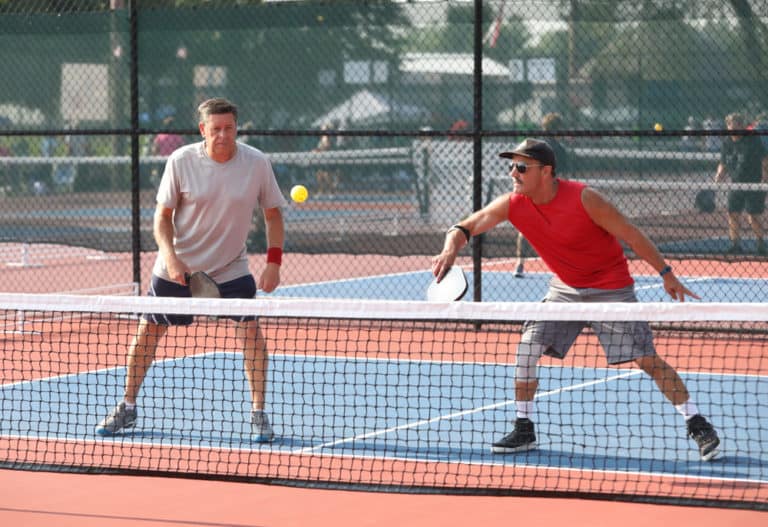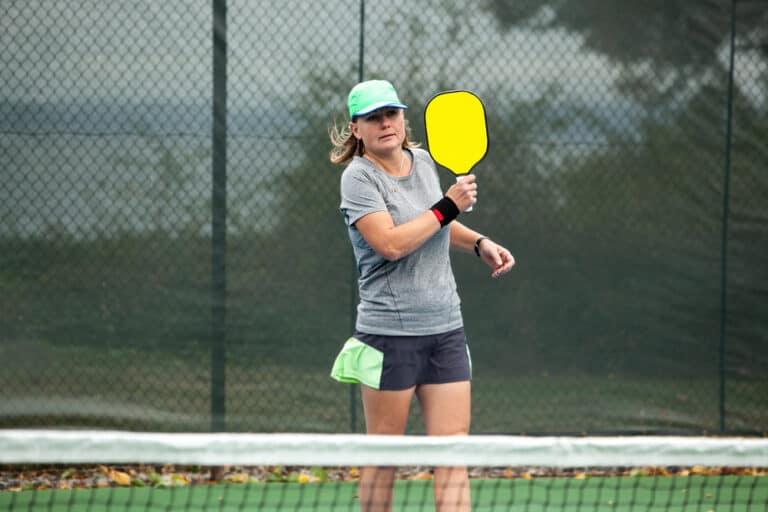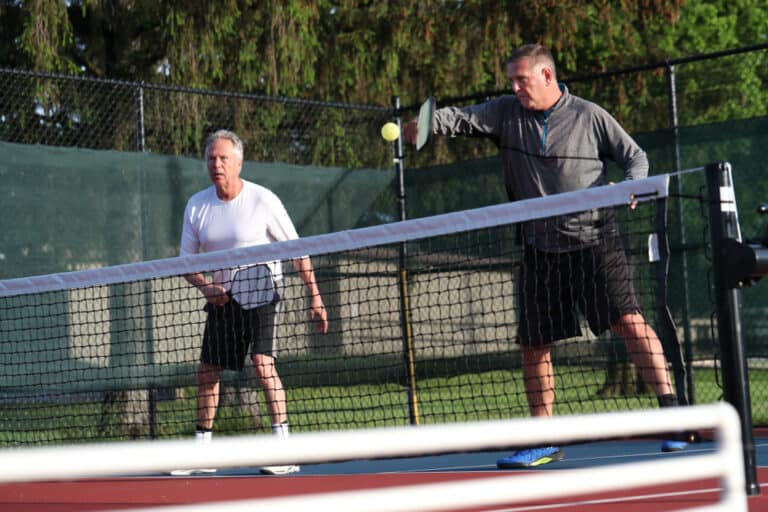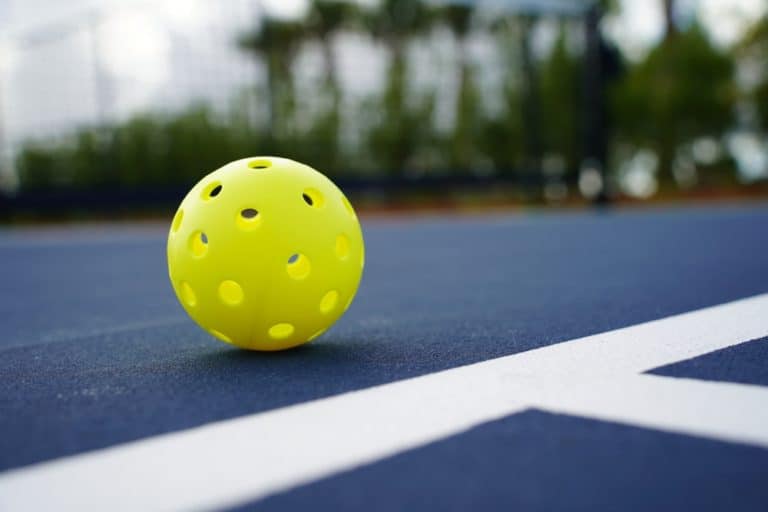What Happens If You Hit The Serve Directly In Pickleball?
Thankfully, when it comes to pickleball, there are not many rules that one needs to remember, and overall, the game is quite simple to get the hang of. However, some rules can cause some confusion, and one of these is whether or not you are permitted to hit the serve directly. This is likely due to people not being aware of the double bounce rule, but we’ll get to that now.
In pickleball, the players must adhere to the two-bounce rule, which dictates that the ball is required to bounce once after it has been served; not adhering to this will result in a fault. Following this, the ball must bounce again once returned to the serving side.
So now you have been made aware of the rules governing whether or not the service may be hit directly in pickleball, and as we have seen, the answer to that is that it may not. However, although we are now aware of this, some other rules and regulations go hand in hand with this rule, and it would be wise for us to examine them, so be sure to read on to learn more.
Can You Hit The Serve Directly In Pickleball?
The person receiving the ball is permitted one bounce of the ball before playing it back across to the other side. Now, although we say permitted, the players must adhere to the two bounce rule, which means that the ball must bounce after service, and once it is returned, the serving side is also obliged to have the ball bounce once before the rally may begin.
This is supposedly so that no team has any unfair advantage from the game’s onset. After that, you want to play the ball so that the other team cannot return the ball, they hit it out of bounds, or the ball bounces more than once. The rally is now in full swing; however, only the serving team can earn points from bettering their opponents.
You will receive one point for yourself or your team in this instance. If you were not the person or team serving, then you win the chance to have the next serve. The set is won once the one player or team has scored eleven points and are at least two points ahead of their competitor(s). The game is played as best out of three sets.
Thus, the side to win two sets out of the three will be the winner(s). In the event that the score is ten all, then the game will continue until there is a two-point lead.
While playing, you are permitted to hit the ball after it has bounced once, or you may volley it mid-air. If, however, you are in the kitchen, or no volley zone, at the front of the net (the portion nearest to the net), you have to allow the ball to bounce once before playing and may not volley it. This also goes for even if you only have one foot in the kitchen.
Breaking Down The Serve In Pickleball
The serve must be done underhand and below the waist, and the player serving must play it diagonally across the court to one of the opposing team members. Some would say that the naval is the point below which the service must be made, but sticking to below the waist is a safer option. An important component is that the head of the paddle must also be below the wrist.
In terms of the placement of the server, they must serve from behind the baseline; however, they must have one foot on the court within the imaginary lines, which extend from the sideline and the center-line.
If the serve hits the net and lands in the service court, it is known as a “let,” and the server is permitted another attempt. Interestingly enough, there are no limits in terms of how many times this is permitted to occur. So no faults are incurred or points awarded to the other team for this mistake.
If it is a singles game, the new server must always serve the ball from their right-hand side of the court. If they happen to win the rally, they will serve from the left and continue alternating until they lose the rally.
As far as doubles go, all the players get a chance to serve the ball, and just like with the singles, the ball is served from the right-hand side first. Here is where the difference comes into play. If they lose the rally, then their partner will have a chance to serve from the other side (in this case, it would be the left). This is because, in doubles, you get what is known as a second serve.
When it comes to the team’s initial serve, the team member who is serving is required to call out the score as follows (we will use the start of the game as an example) “Zero, Zero, Two”. This is to outline the points and then state that they are the second server in the sequence. They are the second server because they are the only server for that sequence.
If they happen to lose the next rally as well, their opponents are afforded the opportunity to have their two serves; this is what is known as a side-out. As mentioned before, the only time you win a point is if you win the rally and are the team who served the ball. So you want to hold onto the role of serving and keep winning rallies once you’ve got it.
In doubles, if you can not recall which side you ought to be serving on, just recall this helpful tip: if there are an odd number of points, then the server serves from the left-hand side and on the right when the points are an even number.
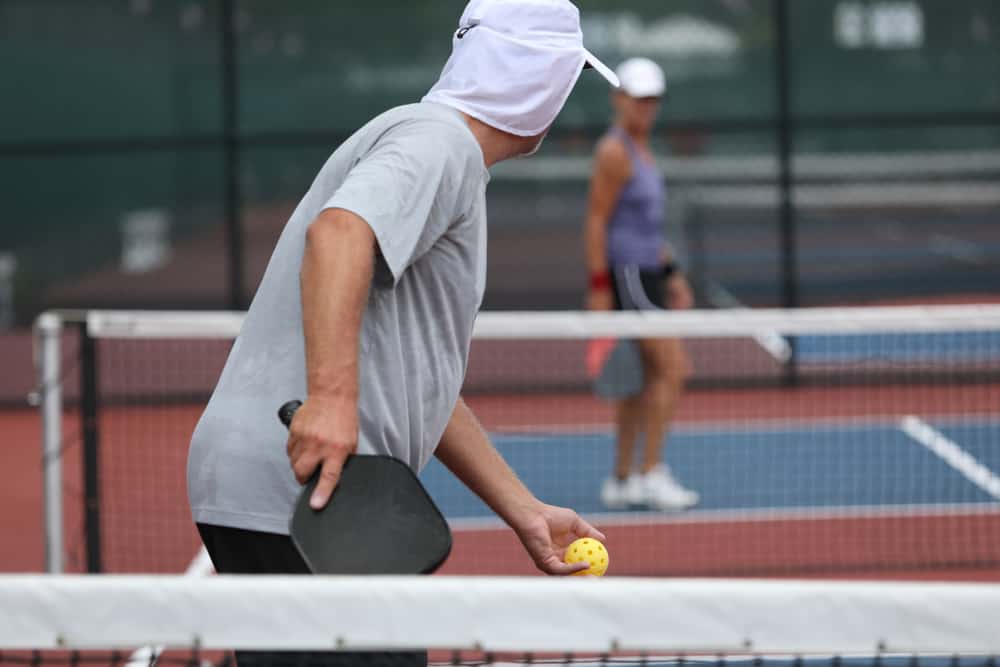
Other Pickle Ball Rules Of Which To Be Aware
It goes without saying, but you may not play the ball if it is outside the area of play. Other things that may seem self-explanatory are that you may not hit the ball twice in succession or with anything other than the racquet/paddle.
If you commit any of these offenses, then the rally is resultantly won by the opposing player or side. So be sure to keep these additional rules in mind while you are on the court. Additionally, any faults, including the double bounce, ball touching a player, foot faults, and other rule violations, can be called by either team.
Conclusion
As we have seen, a player is not permitted to hit a serve directly but must rather adhere to the double-bounce rule that dictates that the ball must bounce once before the receiver hits it and then again when the server receives it. There are not many rules governing the serve and the play from there, but once you have read this, you will have a good grasp of what is permitted.
References
- https://recsports.msu.edu/imsports/activityrules/pickleball.html
- https://www.youtube.com/watch?v=4vHhZ03O0PI
- https://usapickleball.org/what-is-pickleball/how-to-play/basics/serving/
- https://www.cranberrytownship.org/2607/General-Rules-of-the-Game-of-Pickleball#:~:text=Serving%20Rules&text=If%20a%20%E2%80%9Clet%E2%80%9C%20serve%20hits,a%20point%20for%20your%20team.
- https://www.pickleball.com/rules-how-to-play-pickleball-s/106.htm

